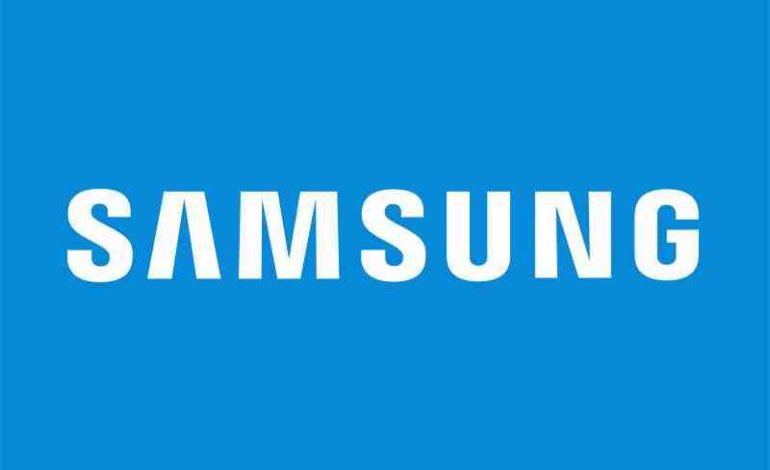At present, Xiaomi is not among the top three smartphone brands in China. However, the Chinese smartphone manufacturer has been doing quite well in India as International Data Corporation (IDC) research firm’s market survey for Q3 2017 revealed that it is the number one smartphone brand in India. Xiaomi and Samsung respectively held a market share of 23.5 percent in Q317. The stupendous popularity of Xiaomi in India is mainly because of its strategy of selling its smartphones with aggressive pricing online. In order to regain the numero uno spot in the country, Samsung India has decided to launch a new lineup of phones that will be sold online exclusively.
Samsung’s forthcoming smartphones that will be sold online will contain impressive specifications and they will be priced between Rs. 5,000 to Rs. 15,000 to take on the bestselling smartphones from Xiaomi. Currently, the Galaxy On series of smartphones from Samsung are only available for purchase online in India. The recently launched Galaxy A8+ (2018) with Infinity Display design that is exclusively available on Amazon India with a pricing of Rs. 32,990 is a direct competitor for the Xiaomi Mi MIX 2 flagship phone that carries a price tag of Rs. 32,999.

Read More: Samsung’s Foldable Smartphones with Fold-in, Fold-Out Design Showcased at CES 2018 Privately
According to Counterpoint Technology Market Research firm, the significant popularity of Xiaomi phones in India is mainly because there is no major competition from any other smartphone brand in the online space. Xiaomi accounts for around 50 percent share of online smartphone sales in the country.
Samsung is now looking forward to rival with Xiaomi by increasing its e-commerce sales in the country. As far as offline sales are concerned, the Samsung has around 1.5 lakh offline stores across India whereas Xiaomi has recently started to build its presence offline.
The South Korean tech giant is of the view that Xiaomi will take some time to build a huge offline network. In order to concentrate on selling its smartphones online, it has reportedly reduced the number of trade partners to 2-3 from 10-12 earlier.
(via)







